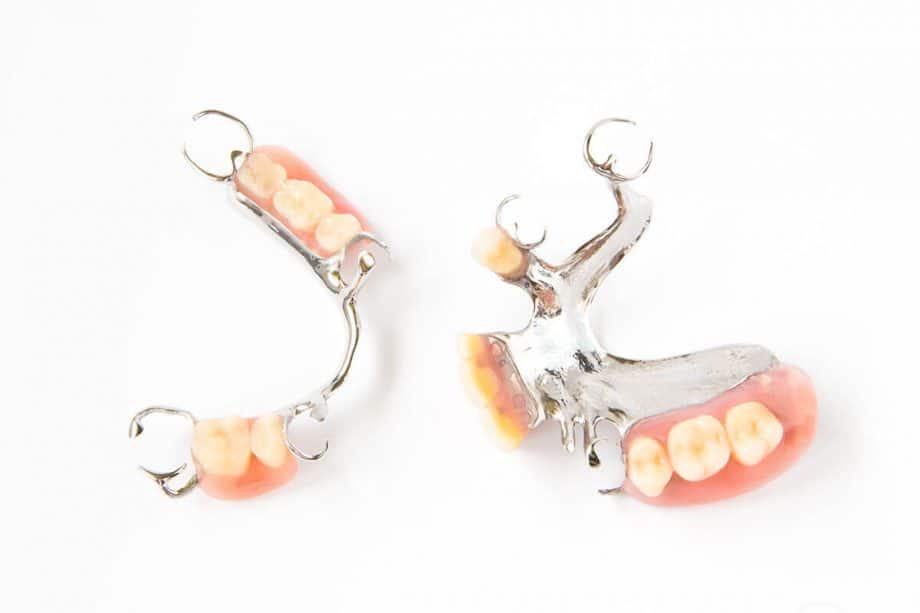At one time, dentures were the only option to replace missing teeth. If you have some natural teeth remaining, your dentist might suggest a partial denture, which is anchored to the existing teeth. However, despite this anchor, partial dentures are prone to slipping and rubbing. The clasp may show when you speak or eat, and the denture can be quite uncomfortable.
Dental implants offer a better solution, creating a stable base that replaces the tooth roots and restores nearly all of your original bite strength. One dental implant can support a single crown. If you are missing multiple teeth in a row, an implant-supported bridge requires just two implants. Still, dental implants are not right for everyone. Here is what you need to know.
Existing Dental Health
Nearly anyone can become a candidate for dental implants, but it could take a while if your dental health is not perfect. While we can typically provide a partial denture right away, dental implants require us to fix any existing oral health issues first. You may also need to heal from your tooth extractions before receiving implants. In addition, if you do not have enough strong jawbone to support implants, we may need to perform a bone graft and allow it to heal for several weeks. If you have an underlying health condition such as a bleeding disorder, it must be tightly controlled.
For these reasons, you may need to wear a partial denture for a period of time even if your goal is dental implants. Your dentist will work hard to craft a denture that fits well and is as comfortable as possible.
Cost
Although the price of dental implants is dropping, and more insurance companies have begun to cover them, implants are significantly more expensive up front than dentures. They actually become cheaper when amortized across a lifetime, but many people have trouble cover the initial cost. Talk to your dentist about options such as dividing up the work to maximize your insurance benefits.
Aesthetics
Although dentures today can be extremely realistic in appearance, partial dentures attach to the natural teeth with clasps that often show. In addition, they can slip and slide around during laughing, eating, or talking. For these reasons, most people consider dental implants to be far more aesthetic.
Comfort
Although they are attached to the neighboring teeth, partial dentures are mostly supported by the gums. Rubbing and slipping can cause sore spots, especially when eating tough, crunchy, or chewy foods. Dental implants fuse with the jawbone, locking the teeth in place and making it impossible for these sore spots to emerge.
Strength and Stability
Traditional dentures restore around 25 percent of natural bite strength. This can make it difficult or impossible to eat foods ranging from corn on the cob to steak. Anchored in the jawbone, dental implants restore more than 90 percent of bite strength, allowing you to enjoy your favorite foods.
Future Oral Health
When teeth are removed, the gum tissue and jawbone begin to shrink. Over time, this can cause wrinkles and a sunken, prematurely aged appearance, and even well-fitted dentures will become loose. Dentures can also cause chronic inflammation and sores in your mouth, raising your risk for gum disease. Dental implants replace the tooth roots, reversing bone loss and reducing your risk for inflammation, sores, and gum disease.
Ready to Get Started?
If you are ready to get started with a trustworthy and experienced dentist, contact Smile Shack today at 631-928-7500 to make an appointment.


